Doll Revolution
Movies can be anything
Life in Plastic
For today’s newsletter, I was going to write about second drafts, what you should look for when you rewrite, and blah blah blah, but then I saw Barbie and now all I want to talk about is Barbie.
Maybe it’s because it feels like nothing matters anymore? Or maybe it feels like everything matters? In any event, the last decade has crashed over us like a tidal wave, overwhelming our senses, emotions, and frequently our reason and logic too. And movies are finally reflecting that.
The first act of Barbie is a fucking masterpiece of world-building. It’s the most confident set up to a movie I’ve ever seen. Writer/director Greta Gerwig and co-writer Noah Baumbach don’t slow down to spoon-feed anything to you. We are thrown into Barbie’s world. These Barbies and Kens live in this world, so they don’t have to explain things to one another, as if noted to death by distressed studio execs who don’t trust the audience.
Gerwig knows that the audience will go along for the ride, if she gives them a ride. The world she creates—a mishmash of Pee Wee’s Big Adventure, Clueless, Josie and the Pussycats, Elf, Jacque Tati, and about a hundred other visual references—is overwhelming; you find yourself scanning the screen, unable to take in its breadth.
As if the visual overload isn’t enough, the movie is jammed with jokes. Smart jokes, silly jokes, absurd jokes, dumb jokes. You’re not going to get them all. It doesn’t matter! Barbie wants to take you on jaunt in her dream car. You’re lucky to be along for the ride.
I haven’t seen a many bad reviews of the movie, but, in the few lukewarm ones I have, the complaint seems to be that Barbie’s arc, and the events of the last quarter of the movie, don’t make a lot of sense.
Who cares?
Once Barbie and Ken enter the real world, does it really matter if things logically move from plot point to plot point? Barbie is an emotional experience. Watching Barbie is like playing with Barbie, just as The Lego Movie feels like playing with Legos, Into the Spider-verse feels like reading comics, Everything Everywhere feels like what our brains feel like in the 2020s. Every aspect of the movies makes complete emotional sense. We feel Barbie’s arc.
And the movie is structurally sound! Despite its bells and whistles, its barbie pink onslaught and the feeling that anything is possible in the world the filmmakers have created, Barbie adheres to a traditional three-act structure.
In act one, Barbie’s status quo is established. She’s a Barbie girl in a Barbie world. This comes with a certain naivety. Then the inciting incident hits:
Barbie’s goal in the movie, which she pursues in act two, is straightforward: fix herself. It’s through pursuing this goal that complications arise, a villain is created, and she comes to a greater understanding of herself and the world.
Thus propelling her into act three, which is divided into two sections: save the world and save herself (but not in the way she anticipated). That second-half-of-the-third-act decision is the film’s resolution. Barbie’s goal has changed because of her experiences. It happens in the movie exactly where it’s supposed to happen.
The Most Cake
All of which is a very boring way to talk about a very fun movie.
Because the biggest lesson to be taken from Barbie—and its incredible success—is to get weird. (The second biggest lesson is that Greta Gerwig clearly loves Sex Education, and therefore we are friends).
I haven’t yet listened to or read any in-depth interviews with Gerwig about making Barbie, but the movie feels pretty uncompromised for a mainstream comedy based on a massive line of toys. The jokes are frequently subversive and weird, the feminist message is simple and clear and inspiring. The movie makes you experience it on its terms—it’s doing exactly the thing it wants to do.
When Rachel Shukert was reading scripts to staff The Baby-Sitters Club a few years ago, “the things that really stuck out, the people that got meetings, were the people that wrote the weirdest script.” Though Baby-Sitters would be a “sweet and wholesome show,” Shukert needed writers with whom she could “connect and have a kind of base weirdness that we would then find the sweetness and the empathy within.”
Jonathan Groff (the writer one, not the King George one) started as a stand-up, and was head writer on Late Night with Conan O’Brien, before co-showrunning Happy Endings and Black-ish, among other shows.
On The Writers Panel in 2016, Groff said, of going from Conan to Black-ish, “it’s a long journey from ‘what’s the weirdest, funniest, purest, most distilled, bizarre, comic thing you can mine right now’? all the way to this place where it’s like, ‘yeah, that’s funny, but what are we really saying here’?”
What’s so exciting about movies right now—and, to an extent, TV—is that you can do both. Your scripts can be the “weirdest, funniest, purest, most distilled, bizarre, comic thing you can mine” and be about something. In fact, they kind of have to be. That’s changed in just five years. (I’ll write about this some other time, but it can be traced directly to Jordan Peele and Get Out).
I’m reminded of the fun conversation I had with Dan Gregor & Doug Mand, who wrote 2022’s Chip ‘n Dale: Rescue Rangers movie which is… super weird. Obviously hugely influenced by Who Framed Roger Rabbit? , but also LA Confidential, the movie (which you’ve got to see) presupposes Chip and Dale as “actors” who for years starred in the Disney Afternoon series “Rescue Rangers.” It’s super funny, very strange (Tim Robinson voices “Ugly Sonic”), and it’s about something: the fear of irrelevance.
When they were on the podcast, I asked Gregor and Mand how they even got this movie off the ground. Like Barbie, it doesn’t seem like the sort of IP exploitation that a major company like Disney would greenlight. Rescue Rangers “didn't retain the necessity of being something that had to be made again,” Gregor said. So, “we were sort of just like making fun of it.”
We just started developing from there, and we had a bunch of these very weird ideas like, 3D versus 2D. The expectation that we were going to have to pitch something that was 3D animation, but the two main characters would be very different.
Mand says the process of coming up with the Rescue Rangers pitch—which was an open writing assignment, chasing which often feels like a pointless endeavor—was: “let’s write the stuff that's making us laugh that we think is creative” and ultimately not caring if they didn’t get the job. “There's something very freeing about that,” he says, “And I think allowed for better work.”
Welcome to the Dollhouse
Do you suppose I am going to make myself ridiculous before my whole staff, to let people think that I am a man to be swayed by all sorts of outside influence?
Torvald Helmer in Ibsen’s play is, y’know, a dick. He sees his wife as a plaything, and he buys in completely to his era’s patriarchal sensibilities, despite what he says above.
I guess my point is, in your writing (and in your life), don’t be a Torvald. Don’t worry about being swayed by those outside influences. Don’t be afraid to make yourself ridiculous. Gregor and Mand, and Gerwig and Baumbach, wrote what made them laugh. Daniel Kwan said about co-writing Everything Everywhere All At Once, “this might be the last thing anyone ever lets us make! We better put everything into it!”
As I ask writer friends on the picket lines and over drinks and coffees these days what they’re working on for themselves during the strike, they all tell me that they’re writing their weirdest ideas. The ideas their reps told them they can’t sell. The ideas that have been in the back of their brains for a decade or more.
I am too. Among the many things I’m hacking away at, I’m working on this movie in which the protagonist has the most specific, silly goal. The few people I’ve told about it have said, “You have to write that.”
And that’s the stuff we should be writing. The stuff we have to write.
Now’s the time. Get weird. Tear off your own head. It’s a doll revolution.

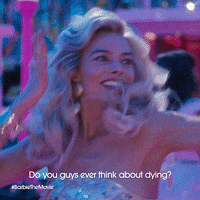
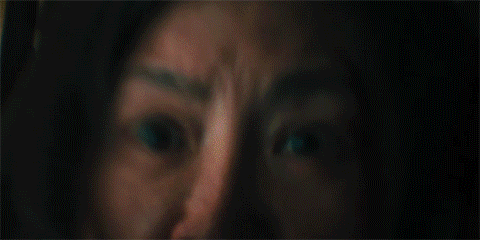
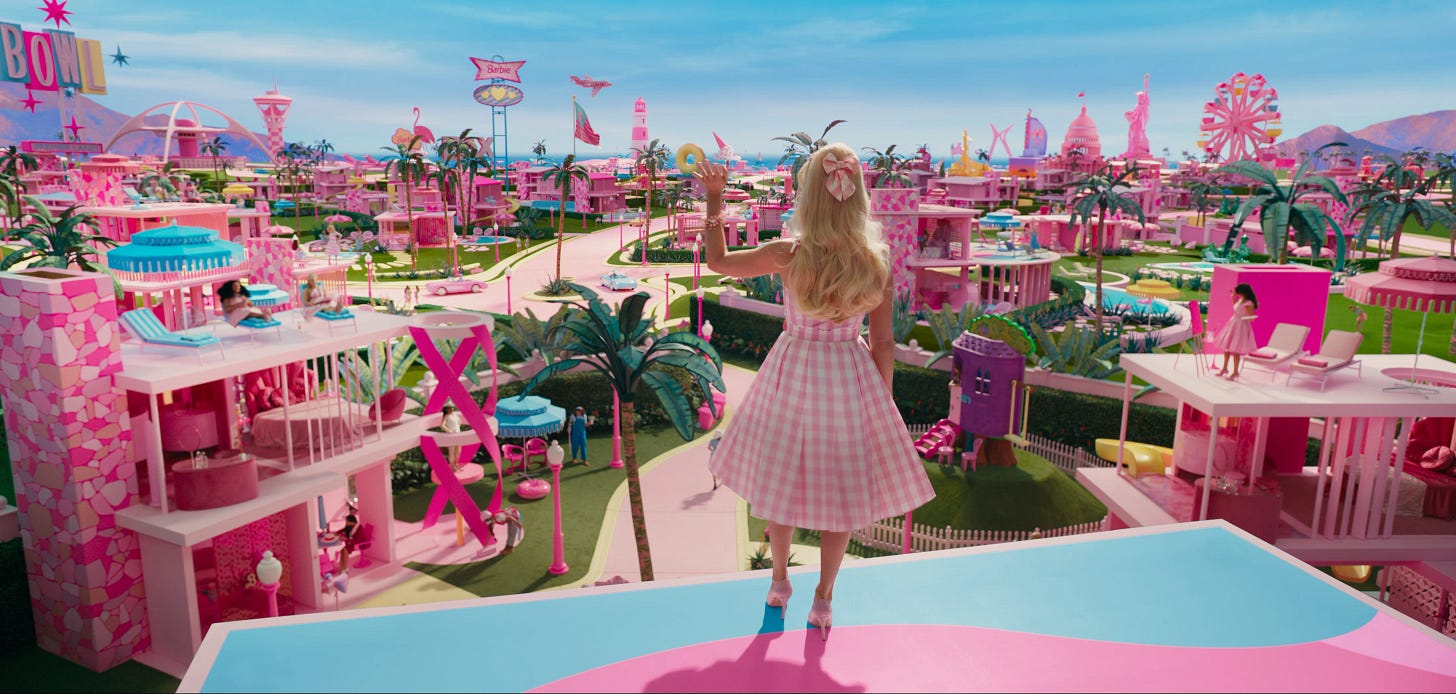
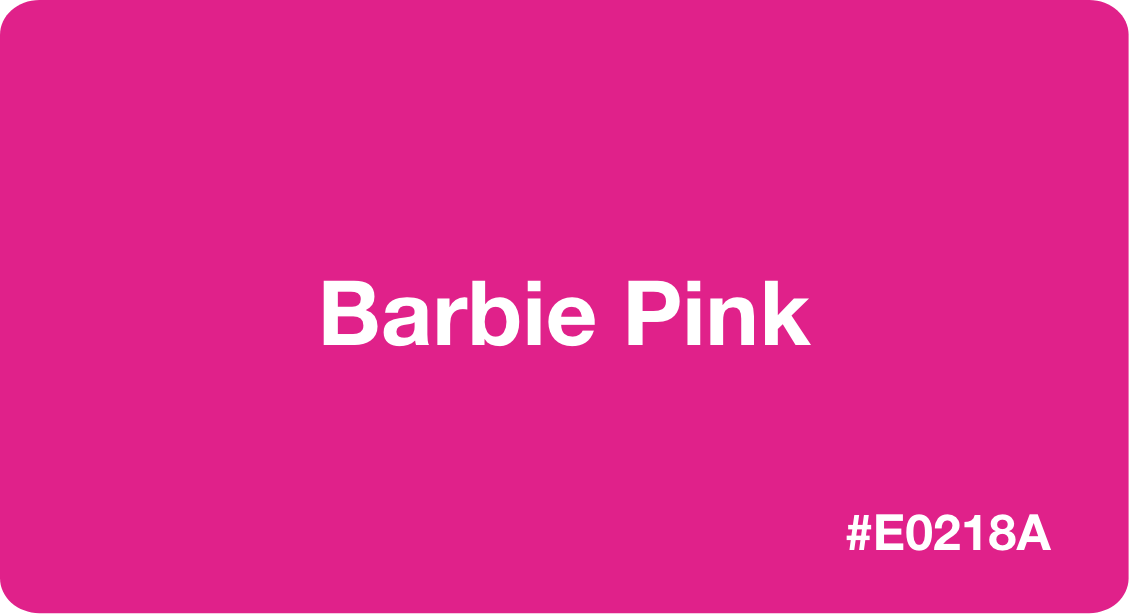
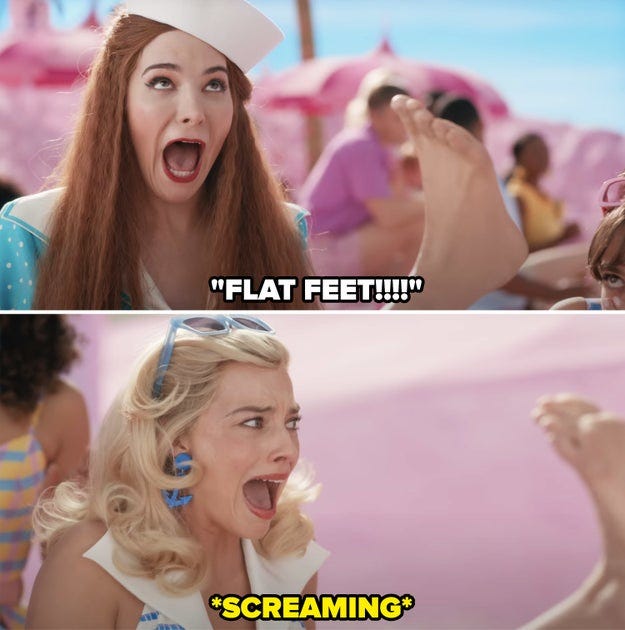
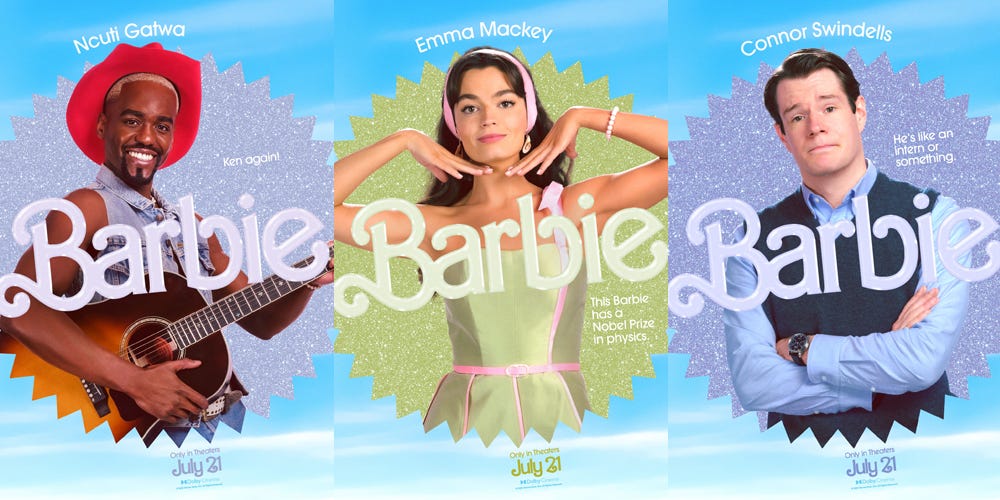
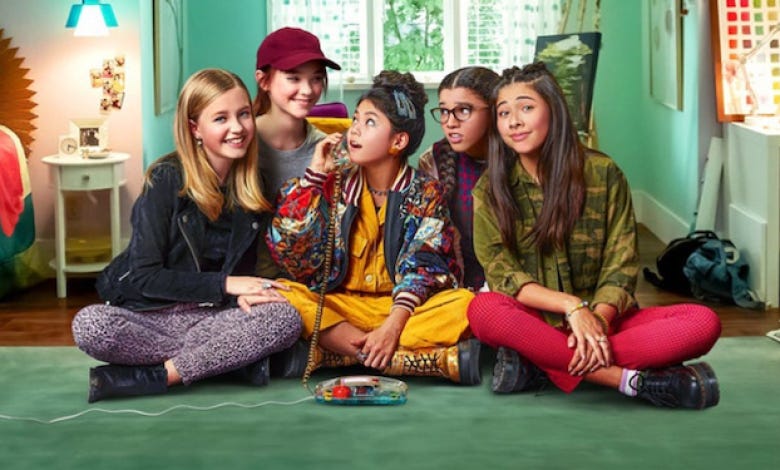
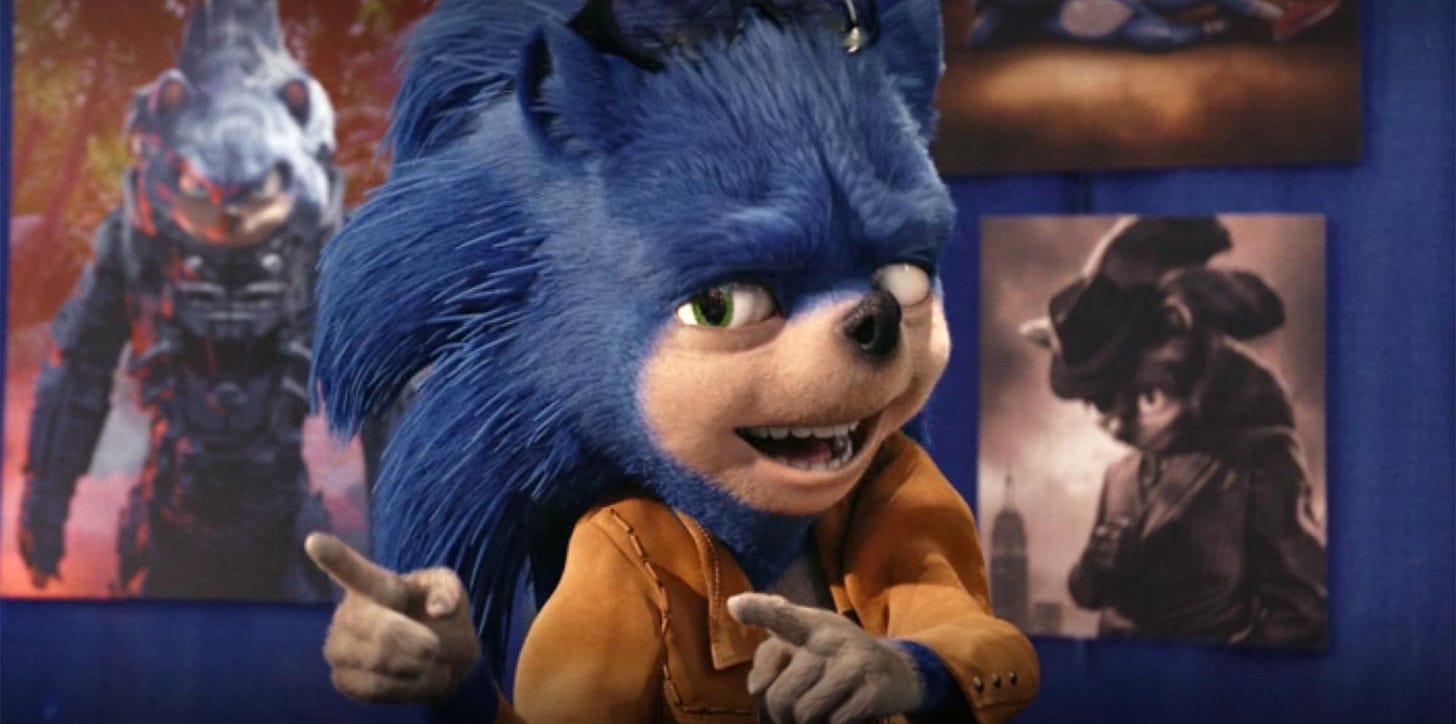
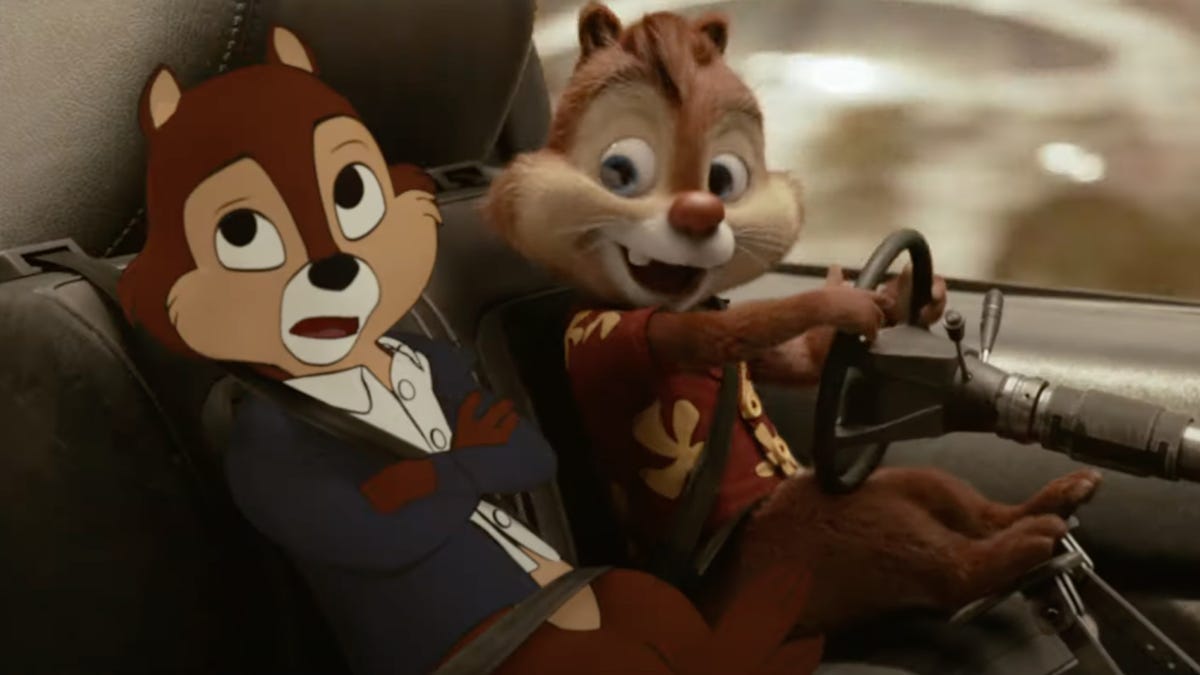
Thanks for this Ben! A timely read
Barbie Pink is actually Pantone 219 C -- and they have a Pantone Barbie to prove it--2011 Barbie Collector Pink in Pantone
https://www.ifitshipitshere.com/an-official-pantone-barbie-thats-right-mattels-new-pink-in-pantone-barbie-doll/